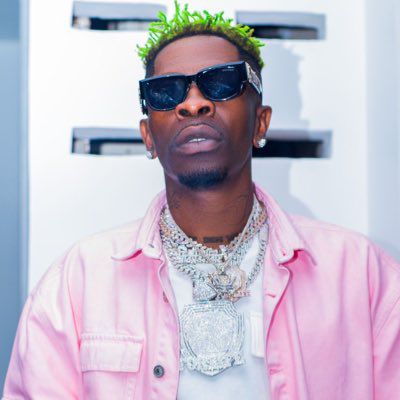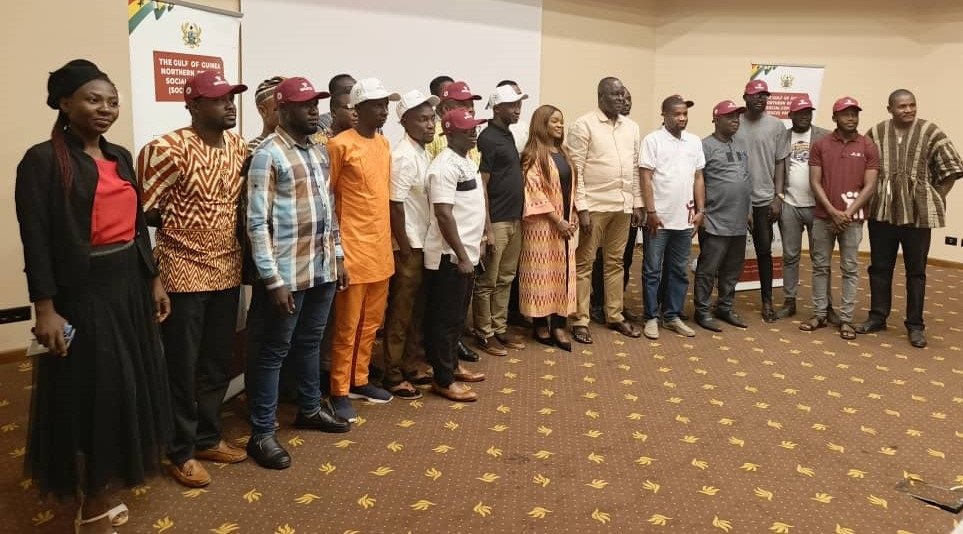
By Rita Adu BOATENG
I have been fortunate enough to work in various organizations where diversity and inclusion has been strongly positioned as a core value.
These employers have over the years intentionally and deliberately driven the agenda of ensuring that within the workplace Diversity and Inclusion is clearly exhibited through how issues around gender, race and religion are interpreted and treated.
My biggest question really is what diversity and inclusion means for the average Ghanaian employee, especially young females who are excited about what their professional career holds and looking forward to exhibiting their potential and growing in various fields.
For young female professionals, diversity and inclusion represent key principles that shape their experiences in the workplace, which includes a working environment where they feel supported, heard and valued. In some instances, it also represents creating an equitable and empowering environment that helps young female professionals thrive.
In this article, I am looking at highlighting what diversity and inclusion means and how it’s application in the work environment. Here’s a breakdown of how these concepts can specifically impact them:
Representation across multiple fields
- Diversity – ensures that young females see themselves reflected and actively represented in various areas of society, including top-leadership positions, STEM fields, Finance, Oil and Gas, Mining media, and sports. This representation inspires young females to begin to envision themselves in roles that may have historically been dominated by other genders or groups.
- Inclusion – goes a step further by ensuring that these females are not just present but actively involved, respected, and given the same opportunities as others. This can include policies that support girls in pursuing traditionally male-dominated fields, like engineering or tech, and seeing women leaders as role models.
Acceptance of multiple identities
Young females often belong to diverse backgrounds, including different races, ethnicities, religions, and abilities. Diversity and inclusion mean acknowledging and celebrating these differences, helping young women feel that their identities are valid and important. In an inclusive setting, young females aren’t pressured to conform to a single “norm,” but rather are supported in expressing who they are authentically.
Empowerment and equality
- Diversity can lead to a wider variety of ideas, experiences, and voices, which benefits everyone by creating richer, more innovative environments.
- Inclusion is about ensuring equal treatment and opportunities for all. For young females, this could involve equal access to education, sports, leadership roles, and career development opportunities, without fear of discrimination or bias.
Mental and emotional well-being
Being in a diverse and inclusive environment helps young females feel a sense of belonging, which is vital for their mental and emotional development. Feeling valued and respected boosts self-esteem, confidence, and motivation. In contrast, environments that lack diversity or inclusion can lead to feelings of isolation, inadequacy, or discrimination, which can negatively affect mental health.
Breaking stereotypes and biases
Diversity and inclusion challenge stereotypes and prejudices. For young females, this might involve breaking down societal expectations that limit their potential, such as assumptions about what girls should look like, the careers they should pursue, or how they should behave. Inclusion ensures that diverse perspectives, including those from young women, are actively considered and appreciated in decision-making processes.
Supportive networks and mentorship
When there is a focus on diversity and inclusion, young females can access mentorship and support from a range of individuals who understand their unique challenges, whether those are related to gender, race, or socioeconomic background.
Having diverse role models and mentors in various industries and communities can be incredibly motivating for young females, showing them that they can achieve whatever they set their minds to.
In essence, diversity and inclusion for young females means fostering an environment where they can thrive without being limited by societal expectations, and where their contributions are recognized and celebrated across all aspects of life.
Chalom Hights is a not-for-profit organization dedicated to fostering the personal and professional growth of young females. We believe that every young woman deserves the opportunity to pursue her dreams with the confidence and support she needs.
Our mission is to create a nurturing environment where these individuals can access mentorship, resources, and guidance that will accelerate their journey toward success.
>>>the writer is a business executive with over 17 years of professional experience in Marketing, Communication and Customer Experience across FMCG, Oil and Gas and Financial Services Sector. She is the founder of Chalom Hights, a not-for-profit foundation focused on empowering female professional to achieve their full potentials and goals. She is currently the business executive for Marketing and Customer Experience for Old Mutual Ghana. She can be reached via [email protected]
The post Diversity and inclusion – impact on young female professionals appeared first on The Business & Financial Times.
Read Full Story








Facebook
Twitter
Pinterest
Instagram
Google+
YouTube
LinkedIn
RSS